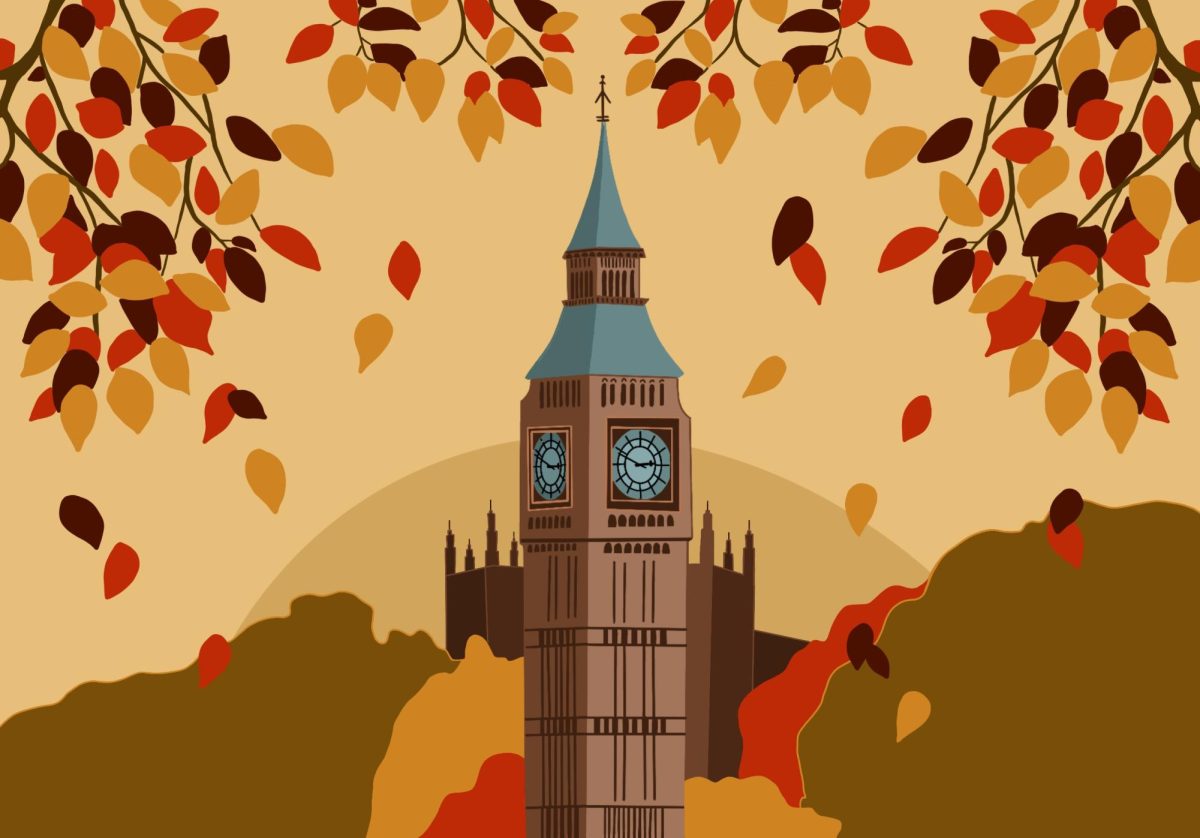The first documented usage of the expression “freshman 15” occurred in 1989. Seventeen magazine used the term to peddle the exercise routine of Niki Taylor — a 14-year-old supermodel. Of course, the accompanying article, “How to Avoid the Freshman Fifteen,” isn’t solely responsible for the mannerisms associated with the term. But somehow, thirty years later, we still find ourselves using it.
Stress, sleep deprivation, alcohol consumption and irregular dietary resources are quintessential aspects of both college life and weight gain. However, despite widespread acknowledgment of the freshman 15, most scientific studies negate its relevance. A study from 2008 found that about half of first-year college students gained weight, but the average increase was just 2.7 pounds. In fact, around 15% of students actually lost weight. In 2014, another study confirmed that most college students’ BMI displayed insignificant growth between freshman and senior year.
Sadly, the freshman 15 is only one example of negative body-image reinforcement. Shortly after campus was effectively closed by the pandemic, references to the “quarantine fifty” began to circulate. A psychological researcher, Judith Rodin, and her assisting staff would define this phenomenon as “normative discontent.” She noticed that both men and women alike use self-loathing language to describe their bodies in conversation. Likewise, young adults seek to be validated by their relative thinness, dieting habits and hours at the gym. In 2012, her work found that 44% of tenth grade females and at least 82% of female college students described themselves as moderately to extremely dissatisfied with their bodies.
The result of normative discontent can be phenomenally destructive. The National Institute of Mental Health reports that 3.8% of females and 1.5% of males report having an eating disorder diagnosis. However, these results do not represent individuals that are symptomatic of eating disorders. A study done by the American College Health Association found that 9% of college students display binging and purging habits and 21% of college students ‘feel fat.’ The chasm between symptomatic students and diagnosis rates are directly related to normative discontent. Because conversational self-depreciation is so widely accepted, fewer students are likely to notice concerning habits within themselves and their friends.
A negative relationship with food and body image is considered a normal one, which is why we need to begin the process of reconstructing the way we talk about both. We must admit that with age, change is inevitable, and resume our lives without the underlying fear of weight gain. Instead of punishing and criticizing ourselves, we should use these years to develop healthy habits and practice self-love, because for the moment, at least, we are still young. And it’s high time we start enjoying it.












